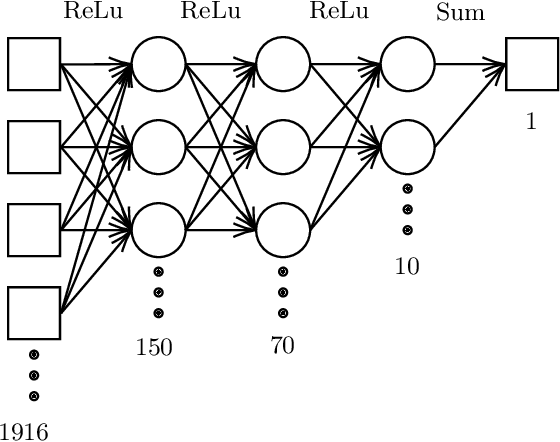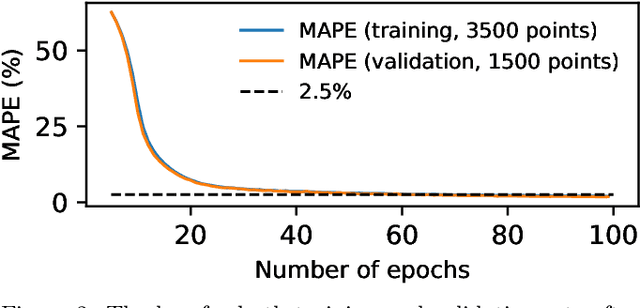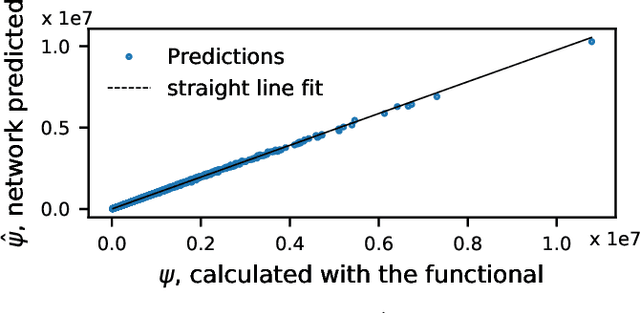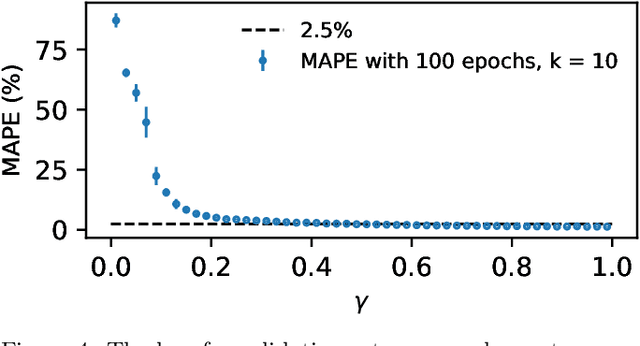Lucille Calmon
Dirac signal processing of higher-order topological signals
Jan 12, 2023Abstract:We consider topological signals corresponding to variables supported on nodes, links and triangles of higher-order networks and simplicial complexes. So far such signals are typically processed independently of each other, and algorithms that can enforce a consistent processing of topological signals across different levels are largely lacking. Here we propose Dirac signal processing, an adaptive, unsupervised signal processing algorithm that learns to jointly filter topological signals supported on nodes, links and (filled) triangles of simplicial complexes in a consistent way. The proposed Dirac signal processing algorithm is rooted in algebraic topology and formulated in terms of the discrete Dirac operator which can be interpreted as ``square root" of a higher-order (Hodge) Laplacian matrix acting on nodes, links and triangles of simplicial complexes. We test our algorithms on noisy synthetic data and noisy data of drifters in the ocean and find that the algorithm can learn to efficiently reconstruct the true signals outperforming algorithms based exclusively on the Hodge Laplacian.
Calabi-Yau Metrics, Energy Functionals and Machine-Learning
Dec 20, 2021



Abstract:We apply machine learning to the problem of finding numerical Calabi-Yau metrics. We extend previous work on learning approximate Ricci-flat metrics calculated using Donaldson's algorithm to the much more accurate "optimal" metrics of Headrick and Nassar. We show that machine learning is able to predict the K\"ahler potential of a Calabi-Yau metric having seen only a small sample of training data.
 Add to Chrome
Add to Chrome Add to Firefox
Add to Firefox Add to Edge
Add to Edge